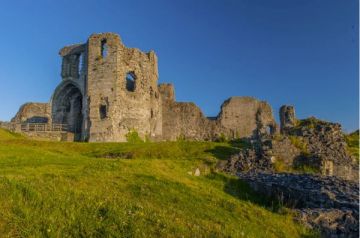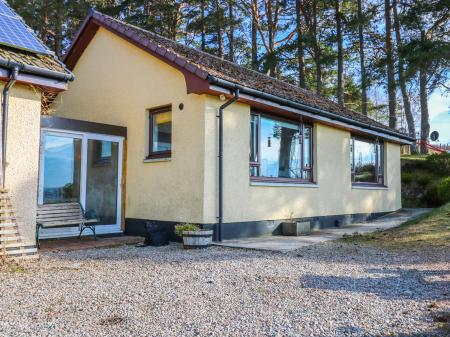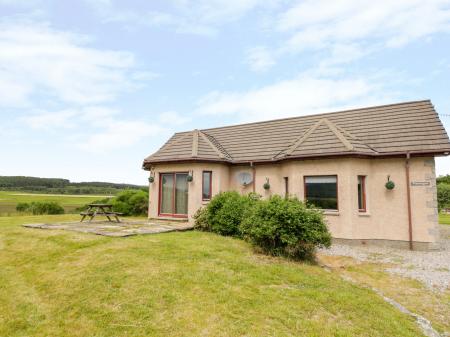The Bronze Age is often identified with the so-called Beaker People, who came to Britain from Europe, possibly the area that is now Belgium and Holland. These people were so-called for the distinct shape of their earthenware pottery vessels. Many of these vessels were found in graves, suggesting that they were buried with a person for use in an afterlife, and also, perhaps, as a symbol of their status during life.
The Beaker People began to enter Scotland around 2,500 BCE and settled primarily on the east coast, but gradually moved inland. The Beaker culture lasted for about 1,000 years, until roughly 1,500 BCE.
At the same time as the Beaker people were settling in Scotland, people began using bronze to form tools, ornaments, and weapons. The use of bronze may have come from Ireland, where metalworking emerged at an early date due in part to a good supply of the copper and tin used to make bronze.
The earliest use of bronze was for spears and axes, usually cast in a mould carved from solid stone. By 1,400 BCE people have figured out how to use closed sand moulds, allowing new uses such as socketed spears, axes, and polstaves. Once techniques of manufacture were established, richer folk began decorating their bronze implements. By the last phase of the Bronze Age (900-400 BCE) elaborately decorated tools, jewellery, weapons, and pots were being produced all across Scotland.




